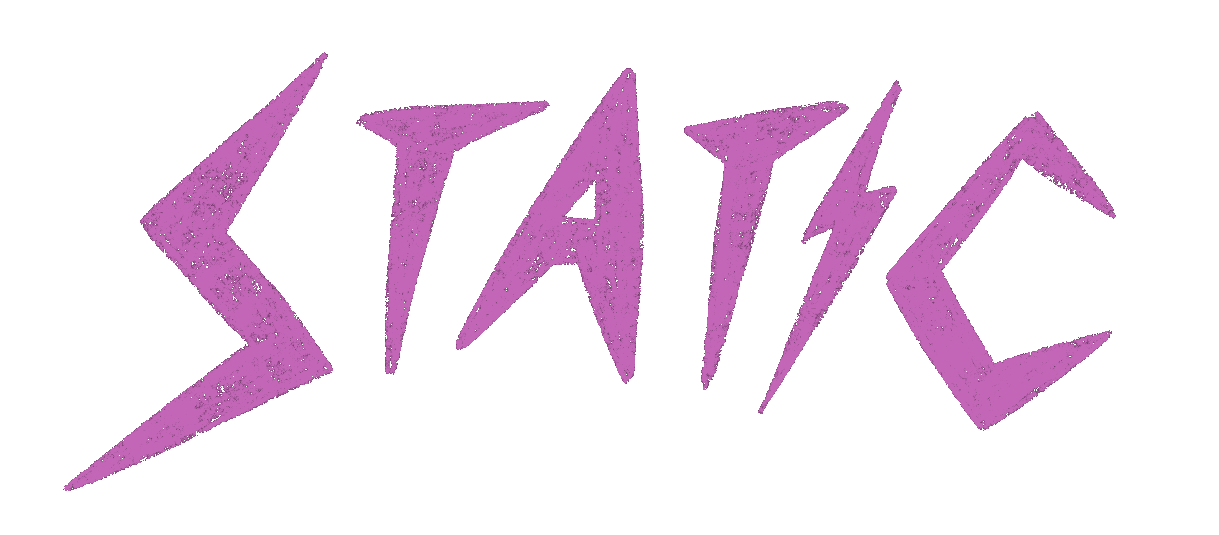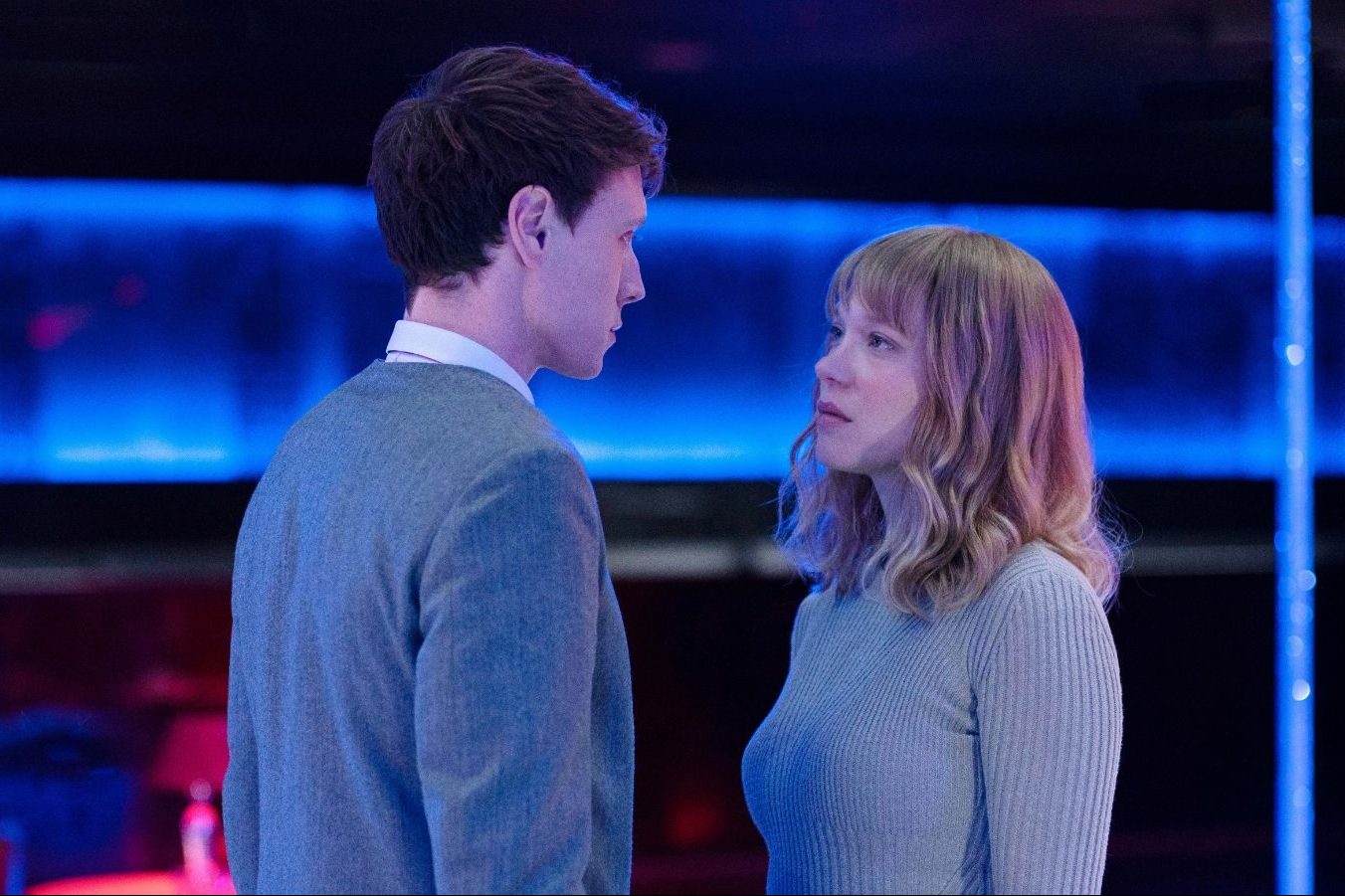Bertrand Bonello’s The Beast is, at its core, a tragedy. It’s fate weaponized; watch as these two people, whose love spans entire lifetimes, end in ruin again and again. Bonello warns the audience from the get-go, but that doesn’t make it any less soul aching.
Composed of three vignettes in distinct time periods—1910, 2014, and 2044—The Beast tells the story of Gabrielle (Léa Seydoux), whose AI-given mission is to purge herself of trauma from her past life so she can be emotionless enough to hold a better job. The film takes place 19 years after an unmentioned disaster happened, causing AI to take over. The future Bonello crafts isn’t shiny and chrome—in fact, the majority of it could be mistaken for 2023. It should be a utopia, too; the AI eliminated human suffering and Gabrielle’s every need is met. But the way the future is framed, in a claustrophobic 4:3, just discomforting enough to make you question everything.
The DNA-deep trauma Gabrielle has comes from two of her past lives, each involving her meeting Louis (George Mackay). In 1910, Gabrielle is a pianist, unhappily married to the owner of a doll factory, who exchanges a brief, fiery glance with Louis at a salon. In 2014, Gabrielle is an actress in LA and Louis is a kissless, handholdless incel. These two are intercut with Gabrielle’s life in 2044. In any other director’s hands, this concept would be unwieldy. Bertrand Bonello spends just enough time in each era to leave the audience deeply attached—and even a little sad at being ripped away so soon—without it becoming boring.
Each vignette feels like a genre experiment for Bonello, to the point where they feel like separate stories: 1910 is a romance, 2014 is a thriller, and 2044 is science fiction. The Beast feels like a movie that could only be made with the modern hindsight to condemn the hyper-online misogyny of the 2010s. The 2014 chapter is actively unsubtle at what societal ill it takes aim at; Louis quotes Elliot Rodger videos word for word and sneers at beautiful women hitting on him. It’s a simultaneously empathetic and deeply frustrating look at the involuntarily celibate, relevant still in the 2020s with Andrew Tate-like figures making misogyny cool again. The Beast uses social critique as a way of making you forget what else happened in the story—making the ending all the more harrowing.The tragedy of the film is predicated on Gabrielle and Louis’s love feeling tangible and visceral amongst all the wires and silicone of Bonello’s not-so-distant dystopia. Luckily, the sparks between them are strong enough to start a forest fire.
What Léa Seydoux and George Mackay manage to do on screen together is so intimately real that some scenes felt voyeuristic. In one of these scenes, Gabrielle asks Louis if he’d like to see the display room of her husband’s doll factory while giving him a tour. They walk wordlessly around the room, each on opposite sides, until Gabrielle stops suddenly, staring at the wall. Louis, blurred in the background, makes his way to her as her breath hitches. Gabrielle doesn’t turn around as he embraces her, and everything is quiet as they melt into each other. They don’t even kiss, but it’s somehow the most intoxicatingly erotic scene of the year.
The love story in The Beast is traditionally tragic, even under its sci-fi veneer. We know how it ends before it begins: Orpheus will turn around, Romeo will drink the poison, Cathy will die. The story’s hook isn’t the ending—it’s seeing grief and longing illuminated. It’s pain whose only catharsis comes from love that doesn’t exist anymore.

